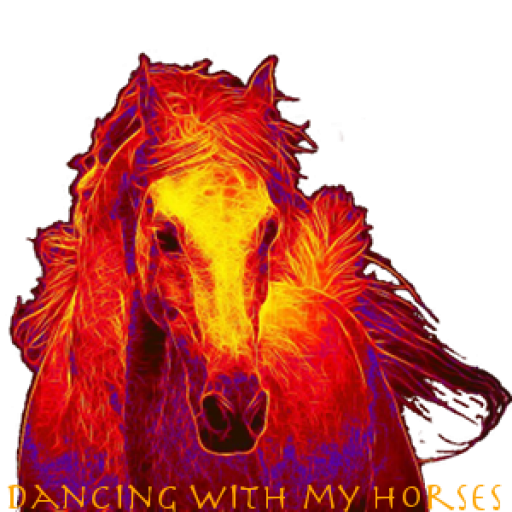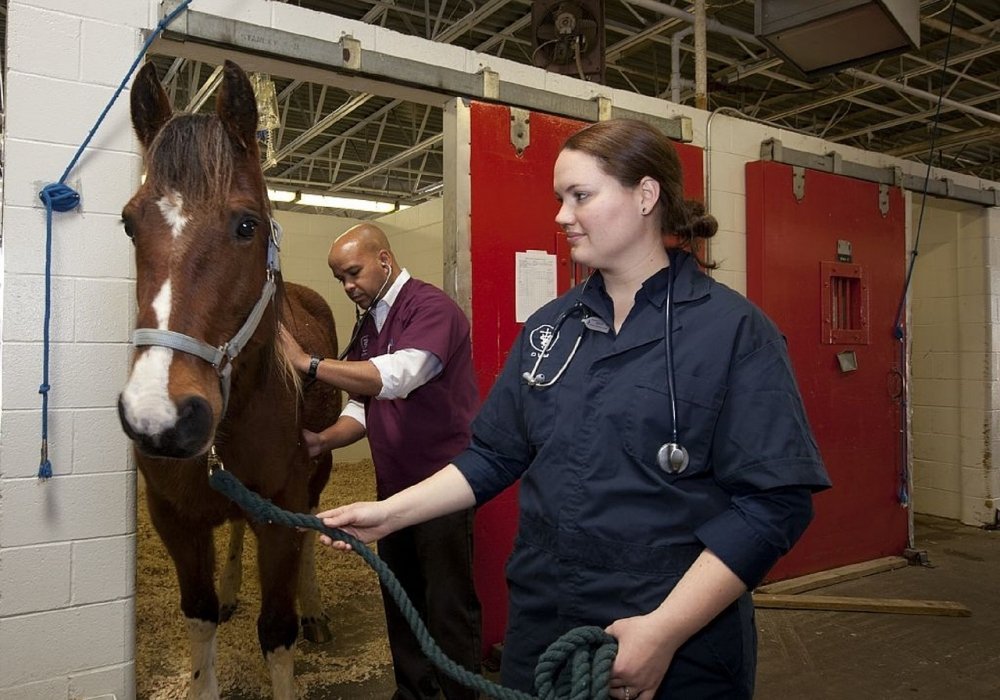
Newsletter
Connect with us by subscribing
to our newsletter.

For quick access I have put together a checklist to help determine the vital signs and health of the horse. I decided I will publish this here as it might be helpful for others as well. I intend to update this document as I find it necessary:
| Adult Horse | Newborn / Foal | |
| Eyes | Healthy horse eyes are clear and bright, with eyelashes perpendicular to the corneal surface (not pointing downward) and free of discharge; deviation from this could indicate pain. | |
| Nostrils | A healthy horse’s nostrils are free of discharge, or discharge is clear. Alert your veterinarian if you notice a greenish, yellow, or white “snotty” discharge. This could indicate a respiratory and/or infectious disease brewing. | |
| Manure | A healthy horse should produce well-formed fecal balls with noticeable forage stems but no real “chunks” of feed, a fairly uniform color, little odor, and no mucous covering. A small amount of liquid either immediately prior or following a bowel movement might also be normal. | |
| Temperature | 37.2 – 38.3 ° Celsius | 37.5 – 38.9 ° Celsius |
| Take your horse’s rectal temperature using a digital thermometer that’s been dipped in a small amount of lubricant. Make sure you hold the thermometer in place or clip a string attached to the thermometer to the tail. | ||
| Pulse | 28 – 44 beats a minute | 80 – 100 beats a minute |
| Use a stethoscope to listen to the heart on the left side of the horse, just behind the elbow in the girth area. If a stethoscope is not handy, you can take the pulse from the lingual artery (which has a circumference similar to a No. 2 pencil), which is on the bottom side of the jaw where it crosses the bone. Take the pulse for 15 seconds then multiply that number by four to determine heart rate in beats per minute. | ||
| Respiration | 10 – 24 breaths a minute | 20 – 40 breaths a minute |
| Measure the respiratory rate by watching the horse’s flank move in and out (each inhale or exhale is one breath), watching the horse’s nostrils flare with every breath (do not place your hand or anything near his nostrils), or using a stethoscope to listen to the breaths as the air travels across the trachea when the horse inhales and exhales. This should sound clear. | ||
| Mucous Membranes | The mucous membranes, which line the mouth and gums, should be moist and pink. Normal capillary refill time (the time it takes for capillaries in the gums to return to pink after being pressed with a finger): 2 seconds or less. | |
| Dehydration | A hydrated horse will pass the skin pinch test: Pinch the skin in the middle of his neck and release; generally, the skin should snap back to normal in a one or two seconds. Any longer indicates dehydration. | |
| Gut sounds | Listen to your horse’s gut sounds by placing your ear or, preferably, a stethoscope, against both sides of the abdomen, high and low. A healthy horse’s gut sounds should be gurgling, with gaslike growls, “tinkling” sounds (fluid), and occasional “roars.” Prolonged silence indicates an abnormality and could indicate colic. | |
| Tendons & ligaments | Tendons and ligaments are tough, strong bands of soft connective tissue—collagen-rich materials that hold various body structures together. Tendons connect muscles to bones, whereas ligaments connect bones to other bones. Heat or swelling in or surrounding these structures indicate injury. | |
| Hooves | While it’s difficult to define the “ideal” hoof, a horse’s feet should be balanced, with a straight hoof-pastern angle (a straight line down the front of the pastern and hoof wall); easy breakover (the toe is not too long and is squared, rounded, or rolled to allow easier movement); adequate heel support (if shod, the shoe extends to the end of the hoof wall to support the back of the leg to the heels); and a hairline (at the coronary band) that is level with the ground. Watch for a bounding digital pulse (the pulse as felt in the digital arteries at the back of the fetlock), which can indicate laminitis. | |